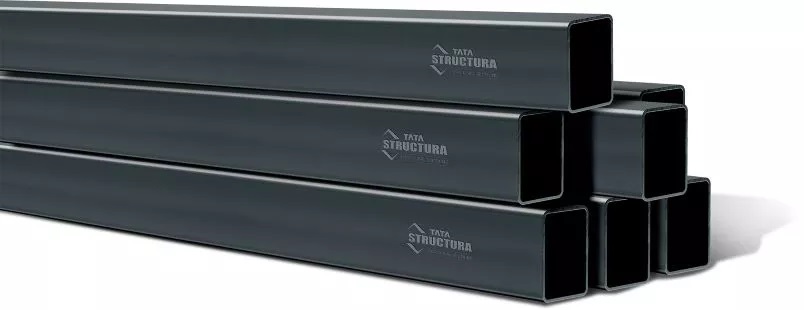India's Top 10 Construction And Building Materials: A Comprehensive Guide

Construction and Building Materials
India offers an array of feasible alternatives concerning building and construction materials. The Indian construction sector has advanced a lot, from clay bricks to modern innovations such as ferrocement wall panels. Let us now look at the top 10 building materials used in India in detail.
The Must-Have Materials For Modern Construction
Here are the top 10 major construction and building materials-
1. Cement: The Base of Construction
Concrete is the most essential material in construction. It is the glue in concrete and masonry. This element makes it strong and resilient. Foundations of structures are elaborated on it for the sake of their durability and sustainability.
2. Bricks and Blocks
The brick is an ancient material that has been in use for many years now. They have the best thermal and acoustic abilities. In addition, load-bearing walls are built with blocks as one of the major components. Furthermore, the former is utilised for the construction of the foundation and the walls, whereas the latter is used for the roofing and finishing.
3. Concrete: Multifaceted and hard
Concrete is a composite of cement, sand, stone and water. It is a multi-faceted tool. It is used this way for foundations, beams and slabs. The complexity of its nature is the reason for it to be a non-negotiable element in modern construction.
4. Fly Ash Bricks: The Green Tech Innovation
Bricks from fly ashes are generated from the by-products of industrial waste. They are lighter, more durable and easy to handle than the traditional bricks. Moreover, they are a green choice that allows the implementation of environmentally conscious construction methods.
5. Ferrocement Wall Panels: Fanciful and Light
These panels are concrete with grid meshes wired in for reinforcement. Ferrocement in its turn is a very creative tool for designers. Moreover, it is light, therefore less pressure on structures.
6. Wood: Ageless and Beauty
Wood is admired for its natural beauty. It is what makes a room cosy and chic. Despite its vulnerability to termites, it continues to be a favourite among decorative elements.
7. Metal: Strong and Resilient
Steel, which is a metal, is used for its strength and adaptability. It is the basis for all the other components of the lesson plan. Its durability is a key factor that makes it a reliable option in high-stress environments.
8. Glass
Glass is used for its beautification purposes. It lets light through the spaces and thus makes them airy and open. The safety and solar glass variants are additional advantages like energy efficiency.
9. Plastic: versatility and waterproofing
The use of plastic parts is a common feature of contemporary construction. They are employed for piping, panels and insulation. Not only do they have waterproof properties and low weight, but they are also useful.
10. Clay Bricks: Superior in Quality
Clay bricks are valued for their toughness and warm protection. They are a prevalent decision for load-bearing walls. Additionally, their breathability contributes to improved indoor air quality.
Transitioning to Sustainable Options
Additionally, the business is progressively embracing reasonable materials. Bamboo, clay, and froth are eminent notices. The environmental impact of construction projects can be reduced with the assistance of these materials. The trend toward environmentally friendly construction and building materials can be seen in their use.
Finally, the construction and building materials industry is moving toward a more sustainable future as builders can meet demands for strength, durability, aesthetics, and sustainability.